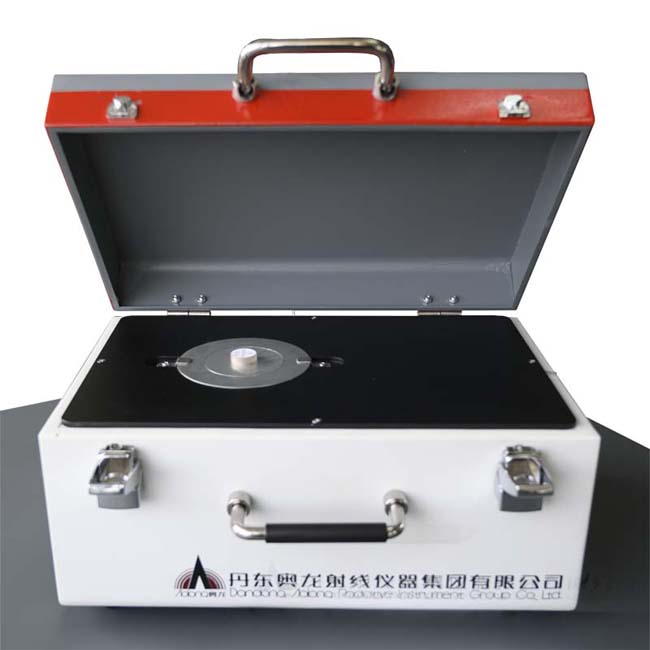Application principle of X-ray diffraction technology in the lithium battery industry
X-rays are electromagnetic waves with high frequencies, with wavelengths ranging from approximately 0.001 nm to 10 nm. It has strong penetration and a certain amount of radiation. X-rays are generated by high-speed electron or other high-energy radiation streams( γ When rays, neutron streams, etc. collide with other substances, their velocity suddenly decreases and they interact with the inner atoms of the substance to produce.

http://www.aolongxray.com/product-list/directional-x-ray-flaw-detector
Different target materials (different Atomic number, different Electron configuration in the outer layer) in the Diffractometer generate different characteristic X-ray wavelengths. The diffraction pattern peak position obtained from the target material with a longer wavelength is along line 2 θ The axis is stretched regularly; The diffraction pattern peak position obtained from the target material with a shorter wavelength is along edge 2 θ The axis is compressed regularly. But the values of the distance between the sample planes obtained from the diffraction spectrum are all the same.

http://www.aolongxray.com/product-list/x-ray-fluorescence-spectrometer
Because the arrangement of atoms within different crystals is unique, the corresponding diffraction patterns are unique, which is also the reason why phase analysis can be performed. The distribution pattern of diffraction peaks in diffraction patterns is determined by the size, shape, and orientation of crystal cells. The intensity of diffraction peaks is determined by the type of atoms and their position in the crystal cell, but the mass absorption coefficient of the sample is related to the wavelength of the incoming rays. Therefore, the intensity of diffraction peaks on the same sample obtained with different rake materials will also be different.

http://www.aolongxray.com/product-list/industrial-ct
To deeply understand the principle of XRD, we also need to know one equation and one formula: Bragg equation and Scherrer equation (the specific principles of both will not be explained here in detail, and you can find relevant literature by yourself).
Bragg equation: The basic condition that X-ray diffraction in a crystal needs to meet, which reflects the relationship between the direction of diffraction rays and the crystal structure. Formula: 2dsin θ = N λ ( θ Is the incidence angle, 2 θ Is the diffraction angle, d is the crystal plane spacing, and n is the diffraction order, λ Is the wavelength of the X-ray.
 http://www.aolongxray.com/product-list/industrial-ct
http://www.aolongxray.com/product-list/industrial-ct
Scherrer equation: used to describe the relationship between the grain size and the half peak width of the diffraction peak. Formula: D=K λ / β Cos θ (D is the grain size, β To measure the half peak width of the diffraction peak, θ Is the diffraction angle, λ Is the X-ray wavelength, and K is the Scherrer constant.

website:http://www.aolongxray.com/




